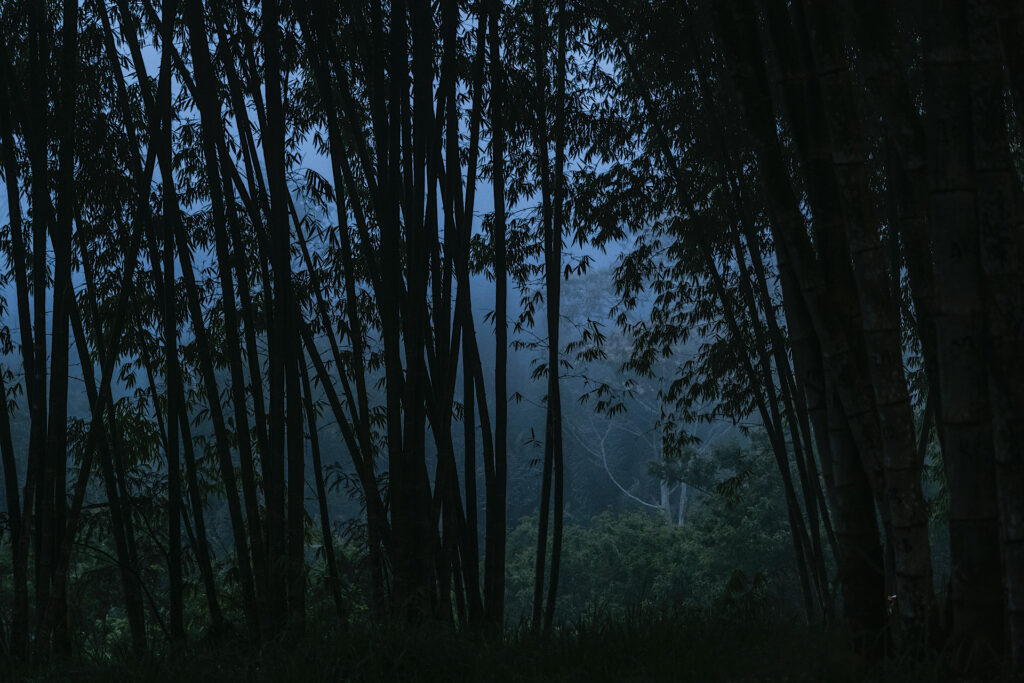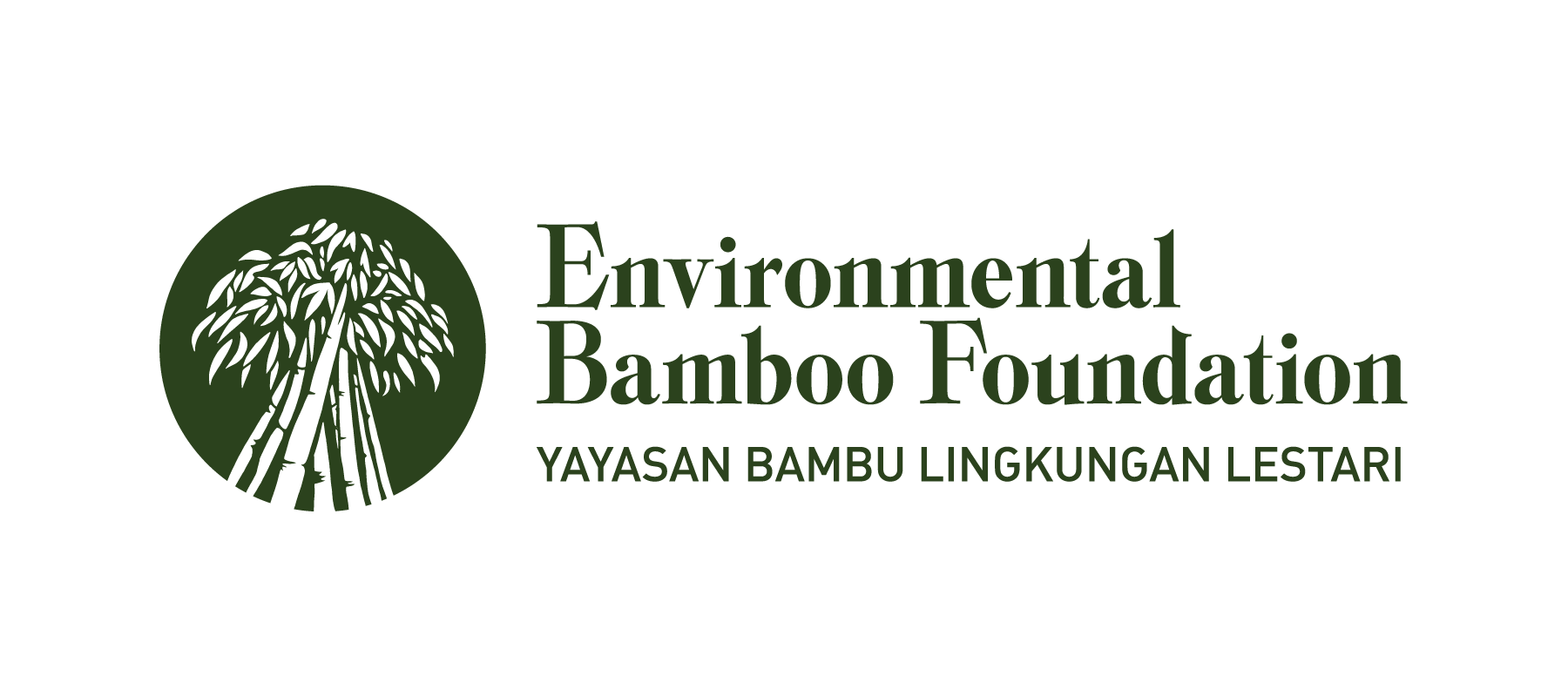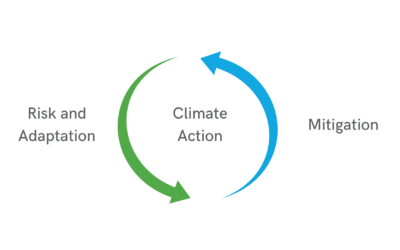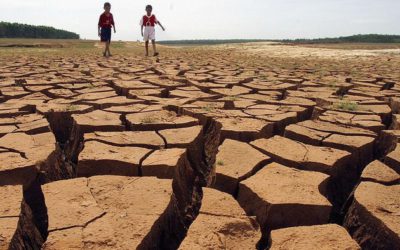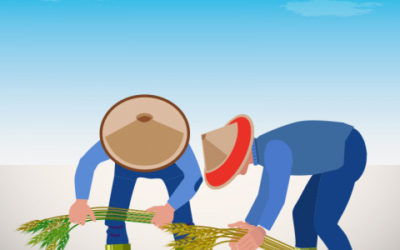It’s now common knowledge that the agriculture and transportation sectors account for a huge amount of global greenhouse gas emissions, but do you know what other industry contributes almost 40%?
Construction.
In addition to this staggering amount, the construction of buildings also accounts for 50% of the world’s energy consumption and 40% of raw materials, according to the World Economic Forum. This is exactly why this year’s global climate summit, COP26, held an online exhibition of the world’s greenest buildings, to showcase construction that mitigates climate change and limits the environmental impact of buildings and cities. One of seven of the world’s most sustainable buildings exhibited at COP26 is right here in Indonesia, and we’re sure you can guess what it’s made of.
As well as being one of the world’s most sustainable and versatile building materials, bamboo helps mitigate climate change in Indonesia in various other ways, from carbon sequestration to environmental restoration. Read on to learn more.
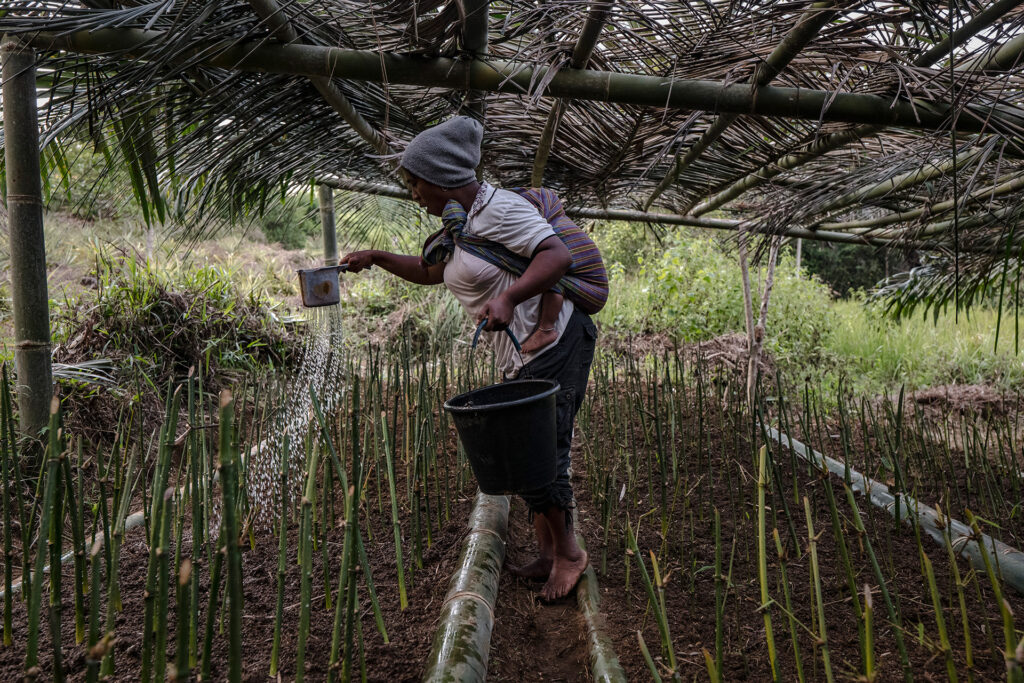
Large-scale carbon sequestration
Bamboo forests sequester carbon in their biomass and in the soil in which they grow, and can store 50 tonnes of carbon per hectare per year — rates that are superior to a number of tree species. Long-lasting products made of bamboo can also store carbon over time, and as they encourage the expansion of bamboo forests, they even have the potential to be carbon-negative.
From Sumatra to Sulawesi, Indonesia is home to 135 of the world’s 1,250 bamboo species, and almost 2 million hectares of bamboo forest. These species grow in a vast range of environments, from low-lying peat swamps to altitudes of up to 2,500 meters. The carbon-capturing potential of these bamboo forests has been acknowledged by Indonesia’s provincial and central governments, with a national strategy to develop the industry to be released by the end of the year.
Reducing deforestation, increasing land restoration
From 2010 to 2020, Indonesia lost approximately 6% of its forest area. This situation means that the country is experiencing the fourth highest global rate of deforestation after Brazil, the Democratic Republic of Congo, and Bolivia. Further, deforestation and land conversion for commercial crops contribute 15 to 25% of global carbon emissions.
As the world’s fastest growing tropical plant, and with a variety of construction uses from large-scale buildings to furniture, bamboo offers a viable alternative to hardwoods, which can help reduce deforestation.
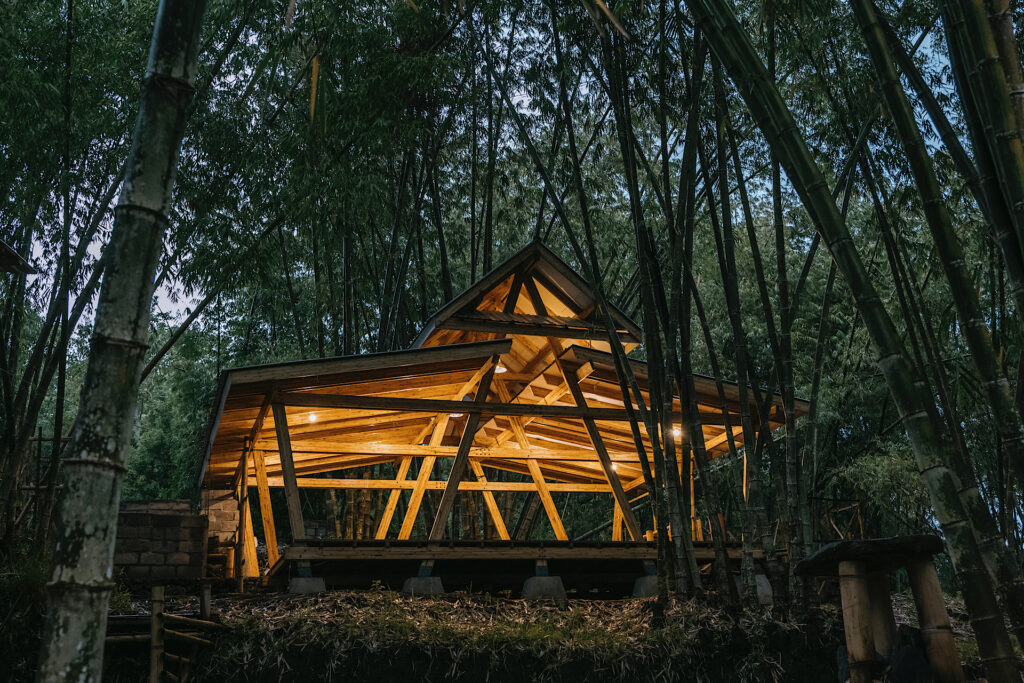
It has also been called a “powerful ally” in land restoration. There are over 24 million hectares of degraded lands and lands being used to plant crops in Indonesia. Bamboo’s sturdy and robust root systems help regulate water flows, prevent erosion, and even reduce the severity of landslides. It also grows well in degraded soil and even on steep slopes, making it the ideal plant for land restoration.
Climate change adaptation
Because it grows so quickly and abundantly, bamboo can be harvested frequently, providing farmers with a year-round source of income and the ability to diversify their income streams. Reduced vulnerability to crop failure and relative financial stability can enable farmers to adapt their harvesting practices in response to changing climate conditions.
As the International Bamboo and Rattan Organization, which promotes environmentally sustainable development using bamboo and rattan, writes, “Bamboo alone will not solve the world’s climate change problems. But, if this strategic resource is properly harnessed, it offers practical solutions to climate change mitigation and adaptation.
For centuries, rural communities across Indonesia have harvested bamboo for food, fuel, and shelter. It’s now time for bamboo to form a central pillar of the nation’s efforts to increase sustainability, reduce poverty, and mitigate climate change.
